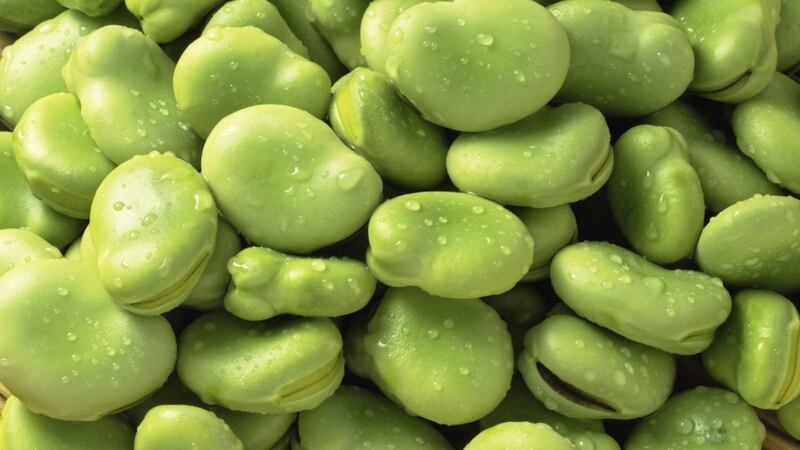THIS weekly column is just one of hundreds dedicated to the pastime of gardening. Then there are an equal number websites, magazines and books providing a variety of information about all matters horticultural. On top of that there’s a wealth of scientific knowledge about plant life and gardening techniques built up over centuries. All of these are a testament to gardening’s rich complexity and diversity.
Sometimes, however, gardening is magical in its simplicity. Nowhere for me is this more evident than with broad beans. In a process that has clear echoes of the famous fairytale, you sow your beans and within weeks you have a vigorous beanstalk heading skywards.
The broad bean has suffered a bad press and to many elicits regressive bouts of revulsion, as they recall being force fed tasteless, tinned pulses. But when you grow them in your garden, these associations quickly evaporate as you come to realise what a great vegetable this is.
As well as being packed with taste and goodness, broad beans bring colour to your vegetable patch – or potager – and leave a fertile legacy in your soil. They can be sown in the autumn and, having grown over winter, albeit slowly, can be ready to harvest as early as May, weeks ahead of their spring-sown counterparts. A handful can be added to salads, pasta or a risotto, or in greater quantities lightly steamed to accompany meat and fish, or fashioned into falafel.
Early sowing is said to reduce the threat from aphids and the chances of a rust infection. But don’t despair if, like me, you weren’t on the ball in October, because there’s plenty of time to raise a crop that’ll yield throughout summer.
You can sow the beans in modules in a greenhouse (or indoors) if you’re in a cold inland or upland area, or sow direct and cover with fleece. I may end up with egg on my face but as winter wanes there can’t be too many deep frosts left that in most areas of the north would pose a risk to freshly sown beans. In fact, small mammals likely pose more of a threat.
In common with all edible legumes, broad beans require a sunny, sheltered spot, in well-drained soil that’s had plenty of home-made compost added.
Plant in rows with a spacing of around 20cm to ensure the air flows freely around the plants and avoid damp, humid sites. As the plants grow, they need to be staked to prevent damage to the stems. Dwarf varieties, such as 'The Sutton', are well worth considering, especially on windy or small sites as they will need less space and less support.
In our climate the plants shouldn't need additional watering before the flowers appear but ensure the area is kept free of weeds. When the young beans begin to form at the base of the plant, pinch out the growing tips to focus the plant's energy on pod formation.
Notably, the broad beans' appeal does not end with the conclusion of the harvest. Like other legumes, the roots of the plant help fix nitrogen into the soil, which will fertilise the crop that follows. So when they're finished, cut the stems off at their base and leave the roots in the soil to make use of captured nitrogen.
Other varieties worth considering for a spring sowing are 'Red Epicure', which produces red beans, the tender and tasty 'Express' and the heavy cropping 'Imperial Green Longpod'.








